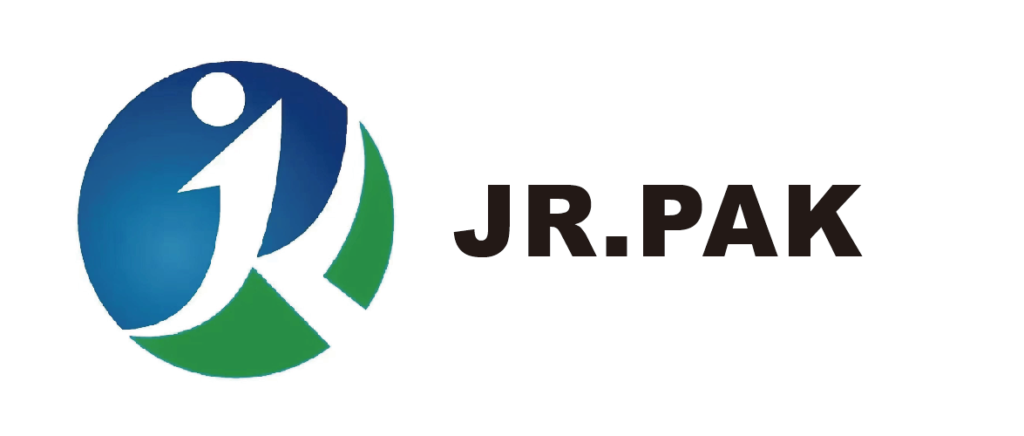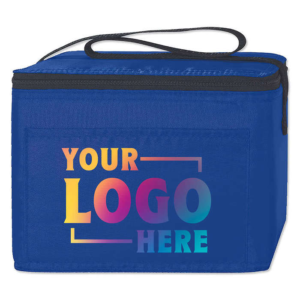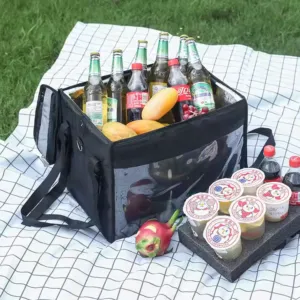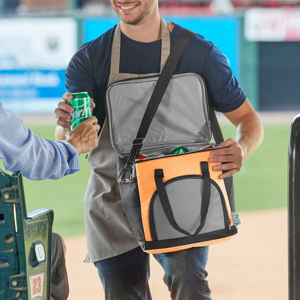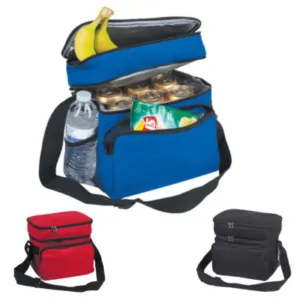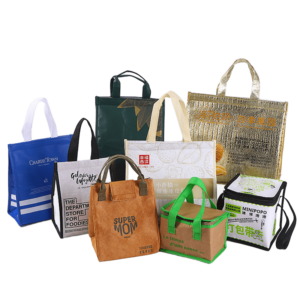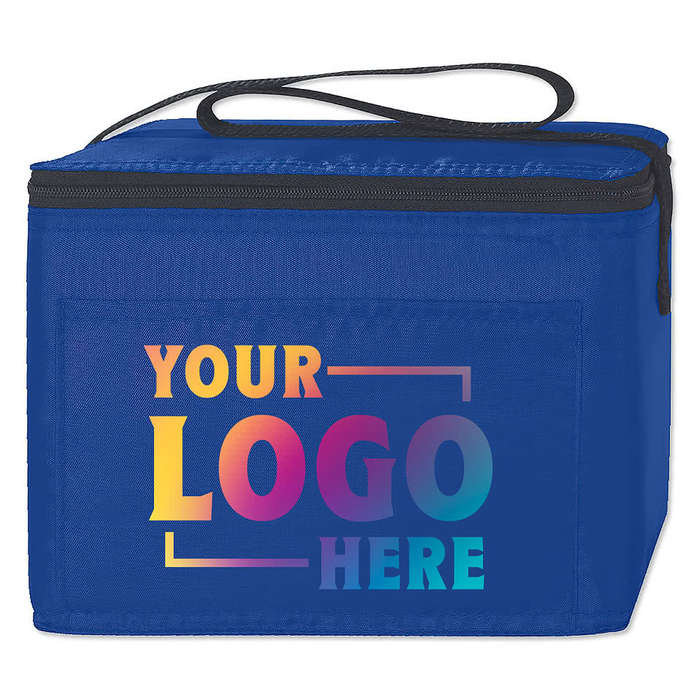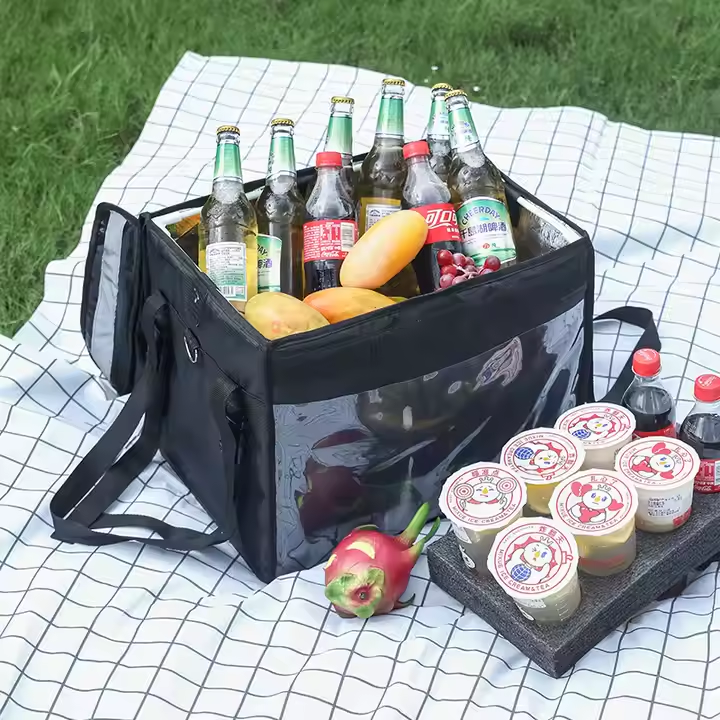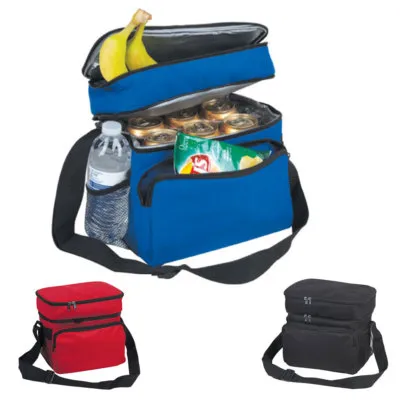How Do PP Woven Shopping Bags Compare to Non-Woven Bags?
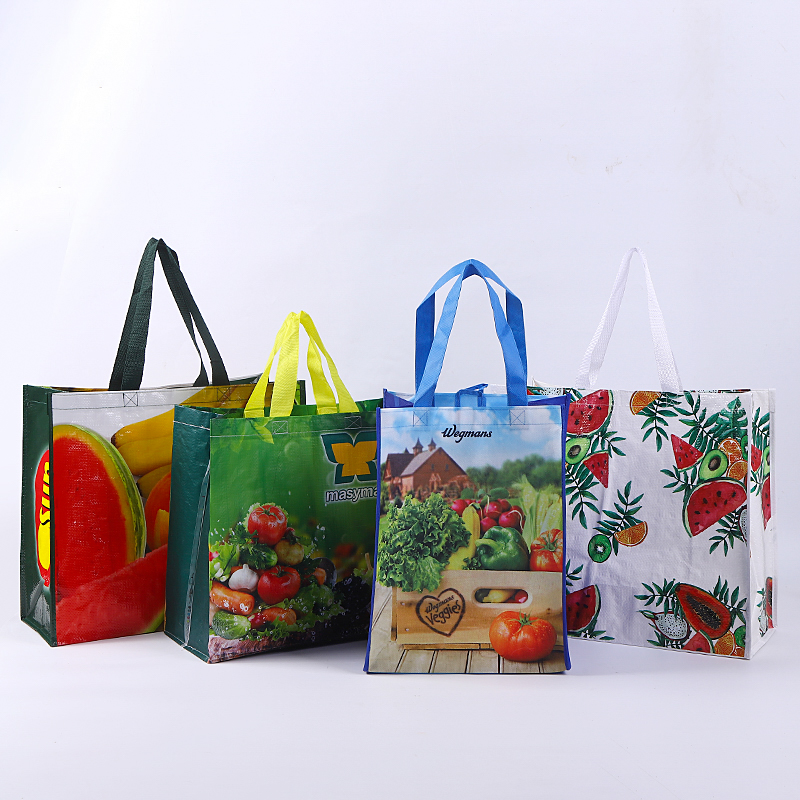
Many buyers struggle to choose between PP woven and non-woven shopping bags due to confusion about material durability and cost-effectiveness.
PP woven bags are made by weaving polypropylene strips, while non-woven bags are bonded fibers without weaving, offering different strengths and textures.
Choosing the right material matters—it affects brand image, user experience, and long-term costs.
What is the difference between woven and non-woven PP?
Confused between PP woven and non-woven bags? This is a common issue for clients sourcing bulk bags for supermarkets or retail chains.
Woven PP is made by weaving plastic threads, while non-woven PP is fused fabric-like material. Each has distinct strengths and textures.
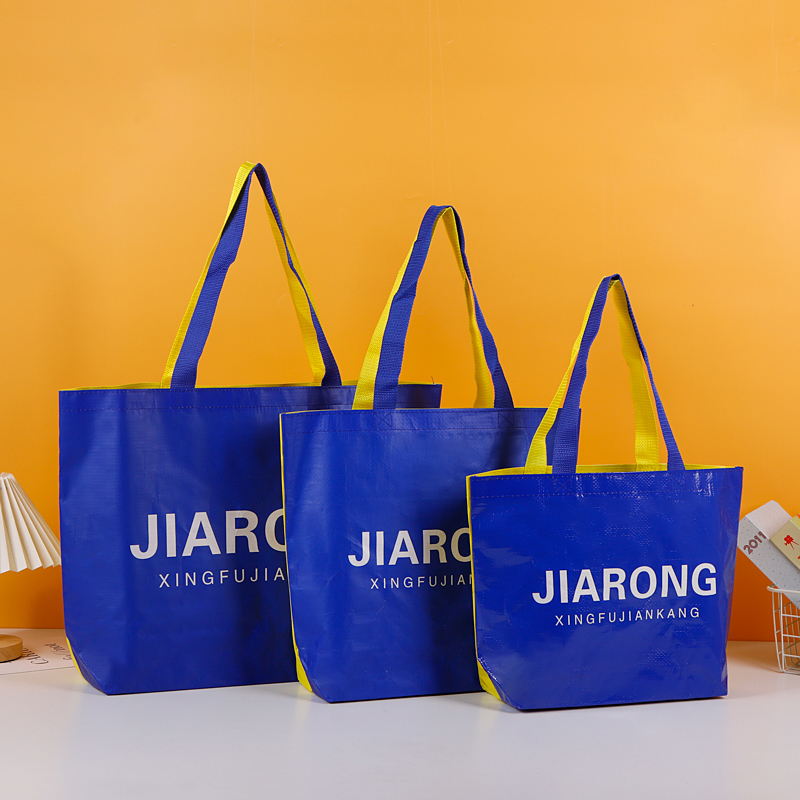
Dive Deeper
The difference lies in how each material is formed. Woven polypropylene (PP) uses plastic threads woven together, creating a mesh-like, strong fabric. This makes it ideal for carrying heavy items or for reuse over long periods. On the other hand, non-woven PP is made by bonding fibers using heat or chemicals, resulting in a softer, cloth-like material that’s lighter and more affordable.
Here’s a side-by-side comparison of the two:
| Feature | PP Woven Bags | PP Non-Woven Bags |
|---|---|---|
| Manufacturing Method | Woven from plastic strips | Pressed and bonded fibers |
| Texture | Slightly rough, mesh-like | Soft, fabric-like |
| Strength | Very durable | Moderately strong |
| Reusability | High | Medium |
| Cost | Higher | Lower |
| Customization | Printable, more rigid surface | Printable, but softer structure |
| Water Resistance | High | Moderate |
I once had a client from North America order a batch of PP woven bags1 for a supermarket chain. They needed strength and durability for heavier groceries. Meanwhile, a client from Thailand preferred non-woven bags to hand out during a product promotion event—low cost and vibrant prints were their top priority. These stories show how purpose drives material choice.
Is woven polypropylene the same as non-woven?
This is a question I hear often from new clients. The answer is simple: they are not the same.
Woven polypropylene is made by interlacing plastic strips. Non-woven polypropylene is made by bonding fibers. The two feel and perform differently.
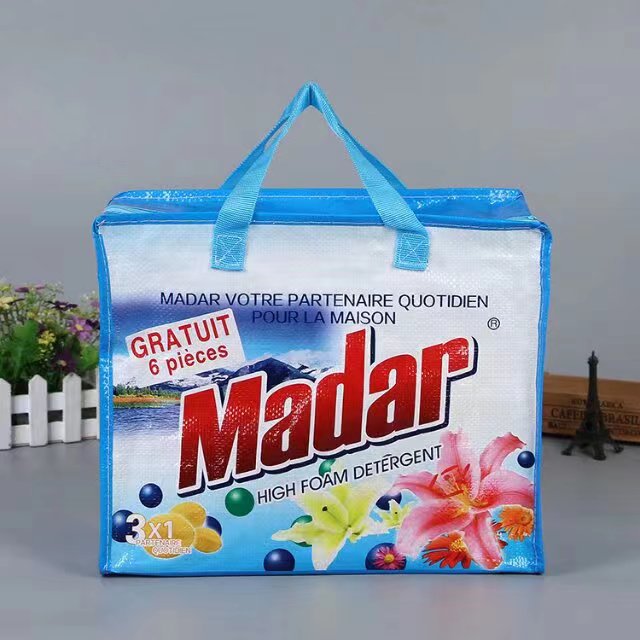
Dive Deeper
Both bag types use polypropylene, but they are made differently. Woven PP is created by weaving long plastic threads into a fabric-like material. This method creates a strong, durable surface. Non-woven PP, however, skips the weaving. It bonds melted fibers directly into a flat sheet using heat or pressure.
Here’s a clear breakdown:
| Feature | Woven Polypropylene | Non-Woven Polypropylene |
|---|---|---|
| Structure | Interwoven plastic strips | Heat-bonded fiber sheets |
| Texture | Firm, slightly rough | Soft, smooth |
| Durability | Very high | Medium |
| Water Resistance | Excellent (when laminated) | Moderate |
| Typical Use | Heavy-duty packaging, bulk loads | Promotional bags, shopping bags |
| Printing Options | Lamination print | Direct color printing |
Some buyers from Europe ordered woven bags expecting the soft texture of non-woven. They ended up with a heavy-duty product that didn't match their campaign theme. That’s why I always clarify material types before confirming mass production.
What are PP woven bags used for?2
Woven bags often seem like a bulk packaging solution, but they also serve retail and branding needs.
PP woven bags are used for agriculture, logistics, and retail when high strength and durability are needed.

Dive Deeper
PP woven bags can handle high weight loads. That makes them a popular choice in agriculture—for rice, flour, seeds, and fertilizer. Their toughness and resistance to tearing or water make them suitable for shipping and storage. With lamination, they become waterproof and printable, which also makes them ideal for reusable shopping bags.
| Industry | Typical Application |
|---|---|
| Agriculture | Rice, wheat, corn, fertilizer |
| Logistics | Sandbags, hardware parts, packaging |
| Retail | Durable reusable shopping bags |
| Trade Shows | Promotional merchandise bags |
| Construction | Heavy materials like sand or cement |
A client in Thailand once needed bags to transport 50 kg of animal feed. We used woven PP with laminated coating and custom print. The bags lasted for months without tearing. Another client in Japan used the same material for high-end grocery bags. The logo printing was crisp and the surface stayed clean after multiple uses.
What are the benefits of non-woven polypropylene?
Some buyers underestimate the capabilities of non-woven PP bags. But they offer more than just cost savings.
Non-woven polypropylene bags are cost-effective, lightweight, printable, and moderately durable, making them ideal for promotions, retail packaging, and short-term reuse.
(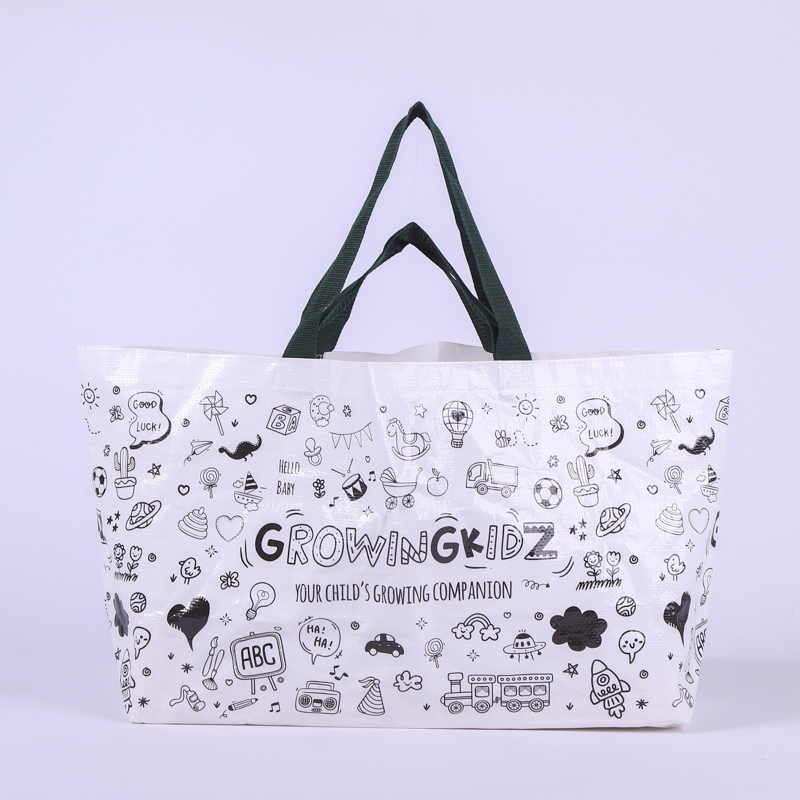
Dive Deeper
Non-woven polypropylene is a thermoplastic polymer spun into a fabric-like material without weaving. It is popular for promotional and supermarket shopping bags due to its balance of cost, print quality, and environmental appeal.
Here’s why they work so well:
| Benefit | Description |
|---|---|
| Lightweight | Easy to carry and transport, reducing bulk in logistics |
| Customizable | Great for logo printing and colorful graphics |
| Water-resistant | Can handle light moisture; better than paper bags |
| Reusable | Can be reused dozens of times if handled well |
| Affordable | Lower unit price compared to woven PP or canvas |
| Eco-friendly options | Often made from recycled materials and recyclable |
Clients from Ukraine often choose this type for retail bags. One buyer I worked with used them as supermarket shopping bags and reported reduced packaging costs by 23% over three quarters.
What is a PP non-woven bag3?
New buyers often confuse PP non-woven with other non-woven bags made from different materials. Let’s clear that up.
A PP non-woven bag is a reusable shopping bag made from heat-bonded polypropylene fibers, known for being lightweight, printable, and eco-friendly.

Dive Deeper
PP stands for polypropylene. In a non-woven form, it’s turned into a soft yet structured material that feels like cloth but is made entirely from plastic. These bags are not biodegradable, but they are reusable and recyclable, which reduces plastic waste.
Here are the main components:
| Component | Function |
|---|---|
| Polypropylene (PP) | Main material; lightweight thermoplastic |
| Bonded Fibers | Provide fabric-like structure |
| Printed Surface | Suitable for marketing and branding |
PP non-woven bags come in various types—ultrasonic sewn, laminated, or stitched. Some clients prefer ultrasonic versions because they avoid threads, making the bag look cleaner and stronger at joints.
When customers ask me what bag best balances cost, customization, and eco-friendliness, I always point them toward PP non-woven. Especially when used for promotions or light shopping, they’re the most versatile option in my factory lineup.
Conclusion
PP woven bags offer durability, while non-woven bags deliver value and printability—each fits a specific business need.
-
Learn about the manufacturing process of PP woven bags and their unique properties. ↩
-
Learn about the diverse applications of PP woven bags across various industries, which can help you choose the right packaging solutions. ↩
-
Learn about PP non-woven bags, their eco-friendliness, and how they can be a sustainable choice for shopping. ↩
